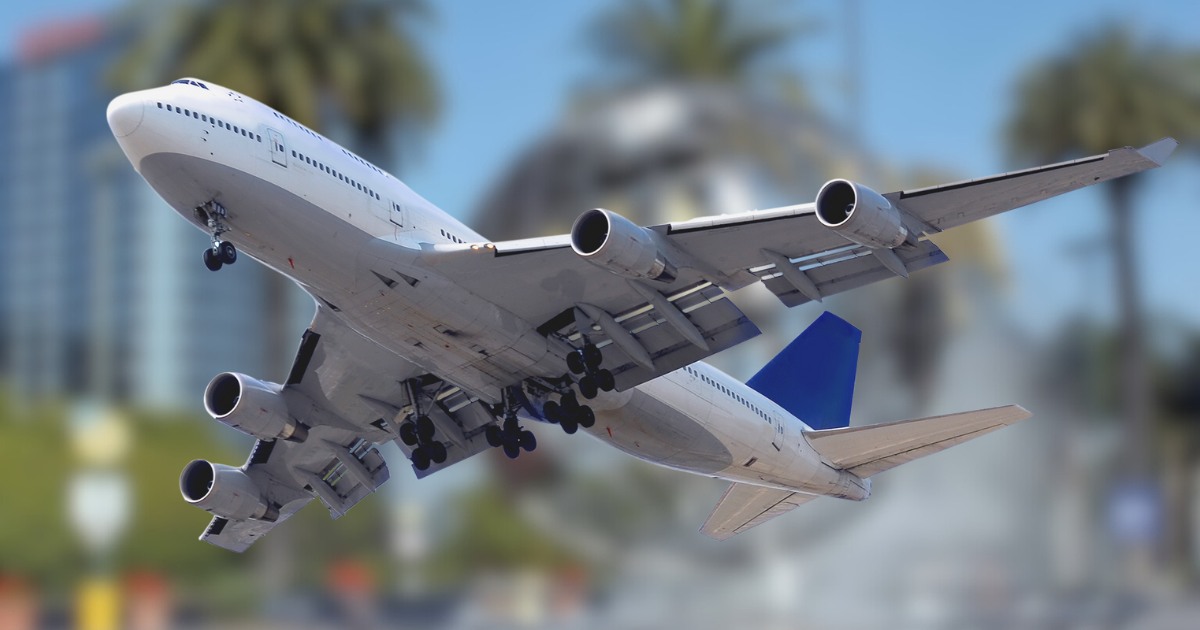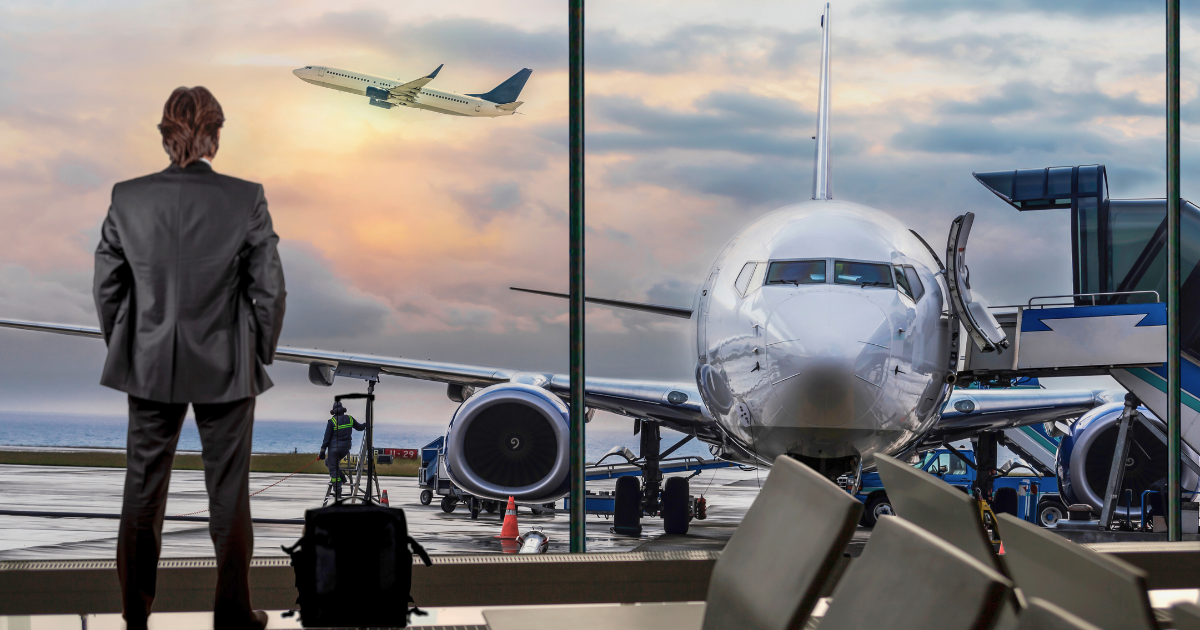
A terminal airport is a type of airport where commercial flights begin and end. These airports are designed to handle passengers, baggage, and cargo for various airlines.
Unlike smaller airports that might serve only general aviation or private flights, terminal airports are equipped to manage the complexities of commercial air travel, including ticketing, security, customs, and various passenger services.
Air travel has become a crucial part of modern transportation, connecting people across cities, countries, and continents. Central to this vast network of air travel are terminal airports, which serve as the primary hubs for passengers and cargo. This article explores the concept of terminal airports, their functions, and their importance in the aviation industry.
What Is A Terminal Airport?
A terminal airport is an airport with facilities and infrastructure to handle commercial airline operations.
This includes passenger terminals for boarding and deplaning, baggage handling systems, and various other services necessary for commercial air travel.
Passenger Terminals
The passenger terminal is the heart of a terminal airport. It is a complex structure designed to handle the flow of passengers from the moment they arrive at the airport until they board their flight, and vice versa.
The terminal includes check-in counters, security checkpoints, customs and immigration facilities, boarding gates, baggage claim areas, and various amenities like restaurants, shops, and lounges.
Baggage Handling
Baggage handling is a critical function at terminal airports. Advanced systems are in place to ensure that luggage moves efficiently from check-in to the aircraft and from the aircraft to the baggage claim area.
This system involves a combination of conveyors, scanners, and manual handling by airport staff. The goal is to ensure that baggage is transported safely and reaches the correct destination.
Security Measures
Security is a paramount concern at terminal airports. Passengers must pass through multiple layers of security checks before boarding their flights. This typically includes screening of passengers and their carry-on luggage, as well as scanning checked baggage.
These measures are designed to prevent any threats to air travel and ensure the safety of all passengers and crew.
Customs and Immigration
For international flights, terminal airports have customs and immigration facilities. These areas are where passengers are processed upon arrival in a new country. Customs officers check for prohibited items and ensure that all goods entering the country are declared and taxed appropriately. Immigration officers verify the identities of passengers and ensure that they have the necessary documentation to enter the country.
Passenger Services
Terminal airports provide a wide range of services to enhance the travel experience. This includes information desks, waiting areas, restrooms, and accessibility services for passengers with disabilities. Many terminal airports also offer additional amenities such as Wi-Fi, charging stations, and business centers to cater to the needs of travelers.
Cargo Handling
In addition to passenger services, terminal airports also handle cargo operations. This involves the transportation of goods by air, which requires specialized facilities and equipment. Cargo terminals are designed to handle the logistics of air freight, including loading and unloading, storage, and customs clearance for goods.
Terminal airports are vital components of the aviation industry, providing the infrastructure and services necessary for commercial air travel.
From handling passengers and baggage to ensuring security and customs compliance, these airports are complex hubs of activity that keep the world connected. Understanding the functions and importance of terminal airports highlights their role in facilitating global mobility and commerce.






